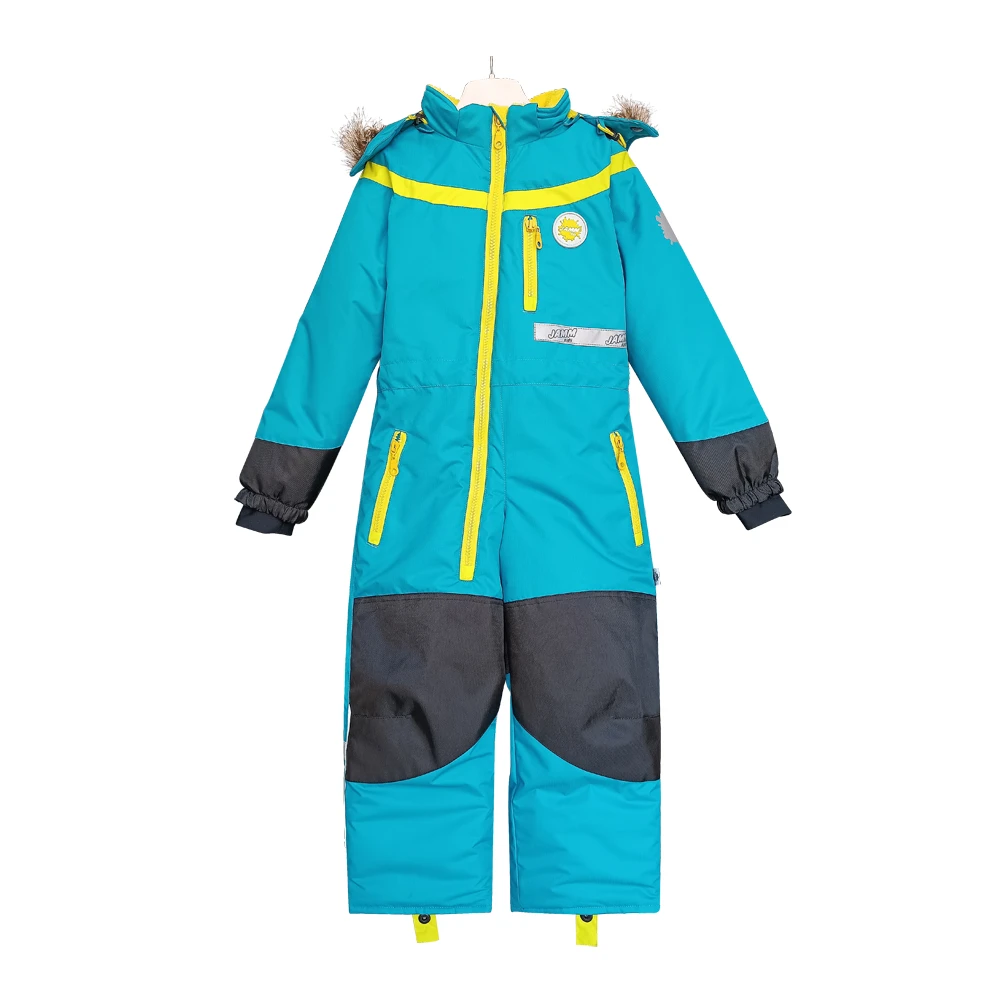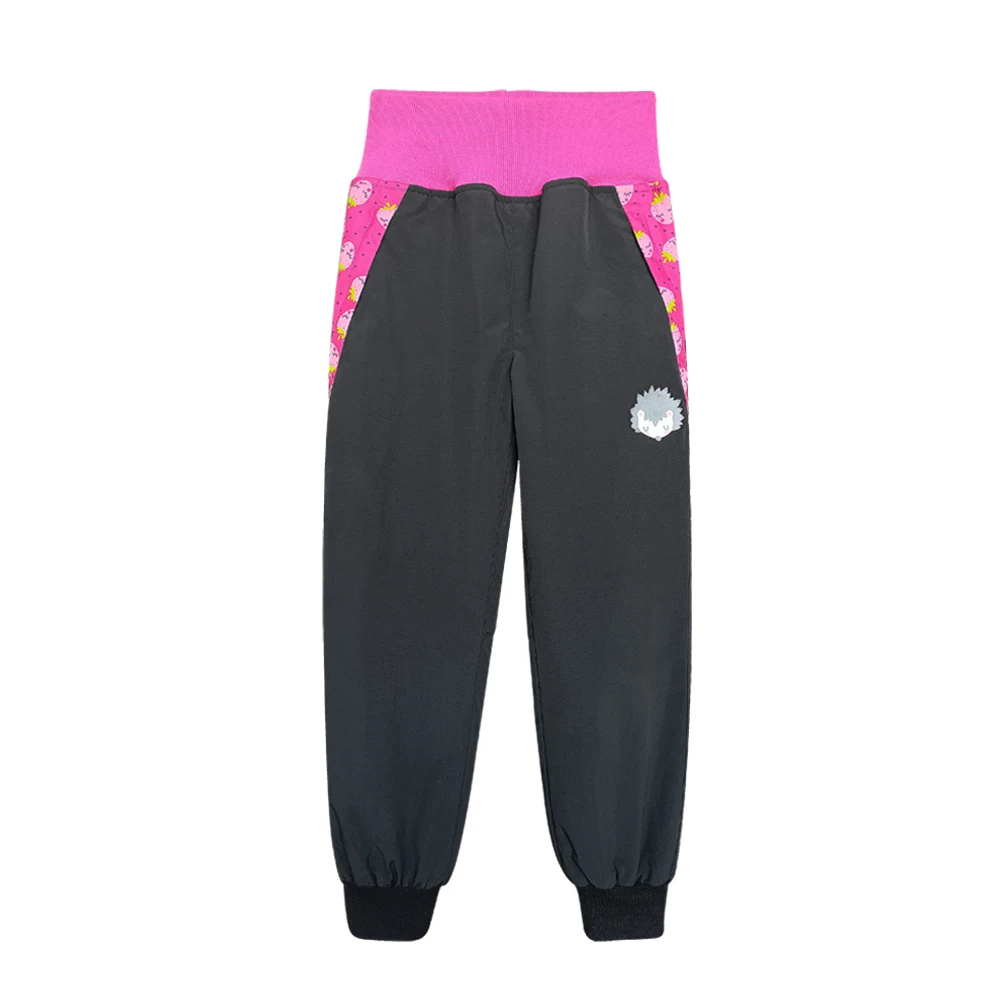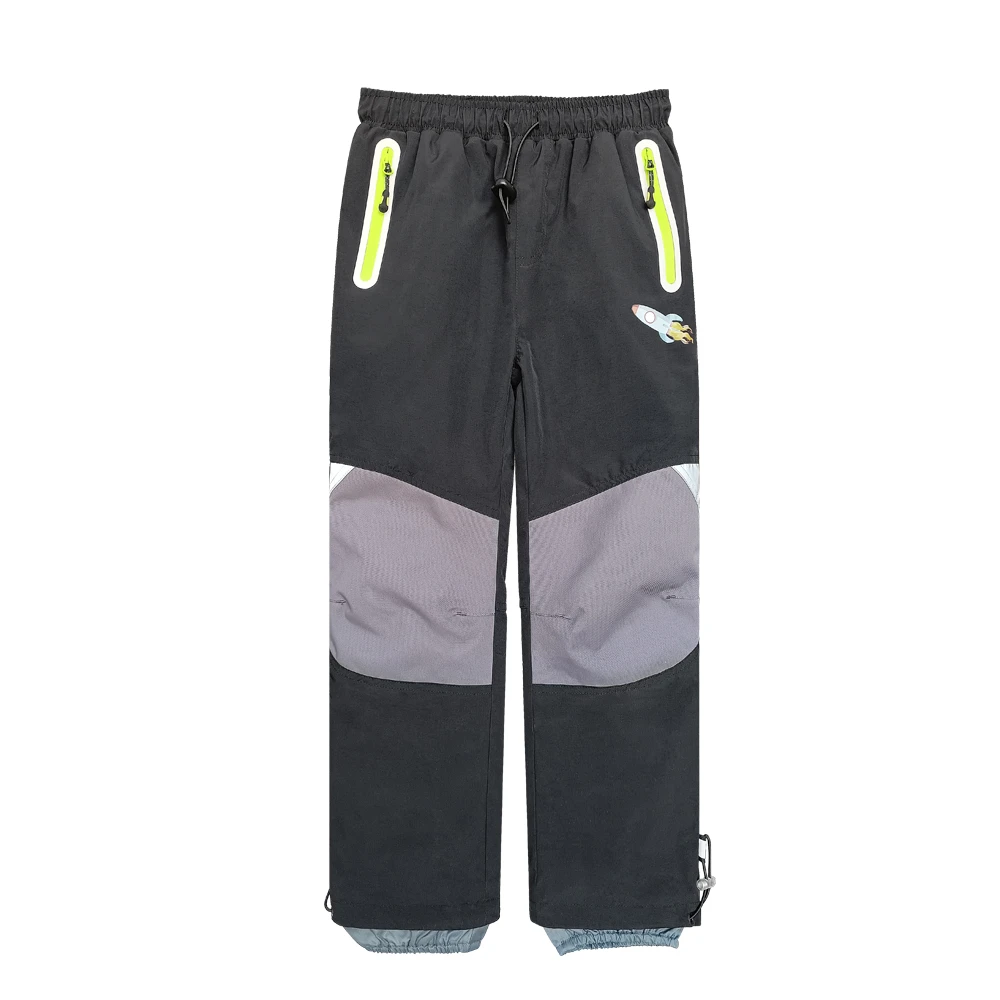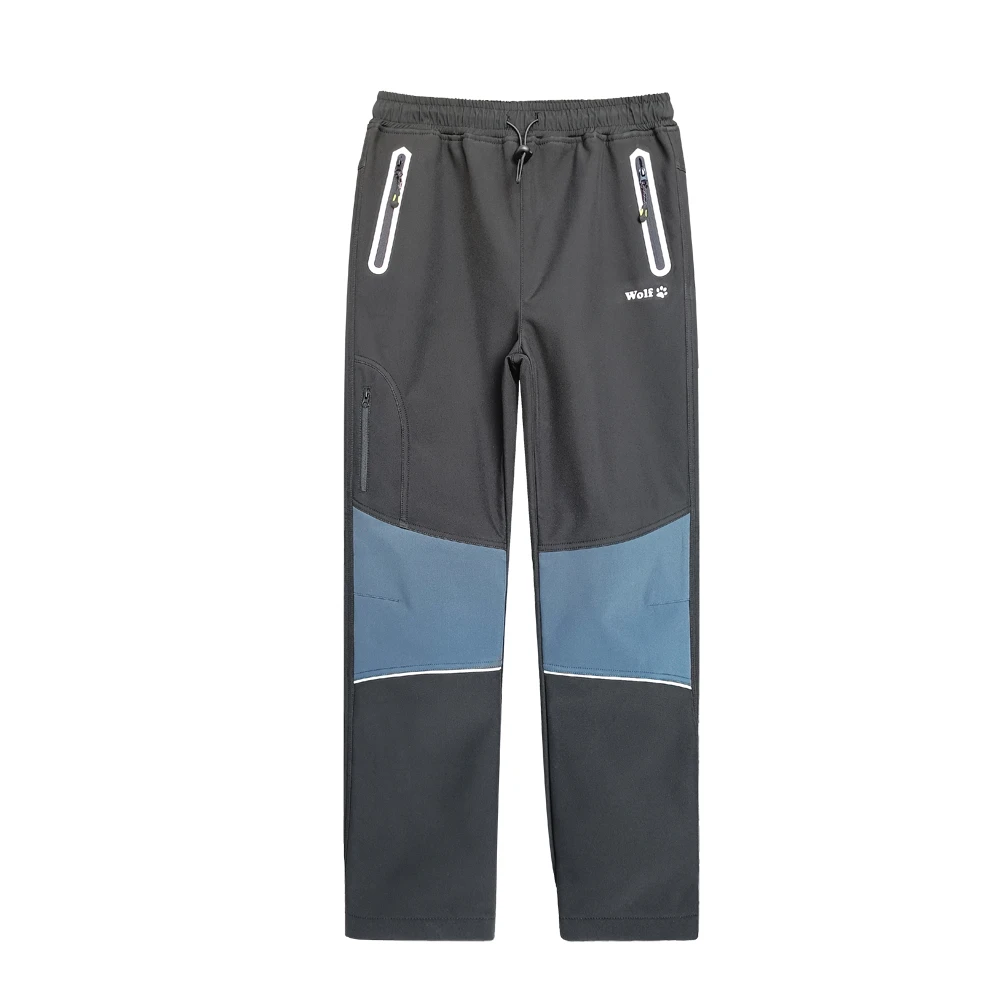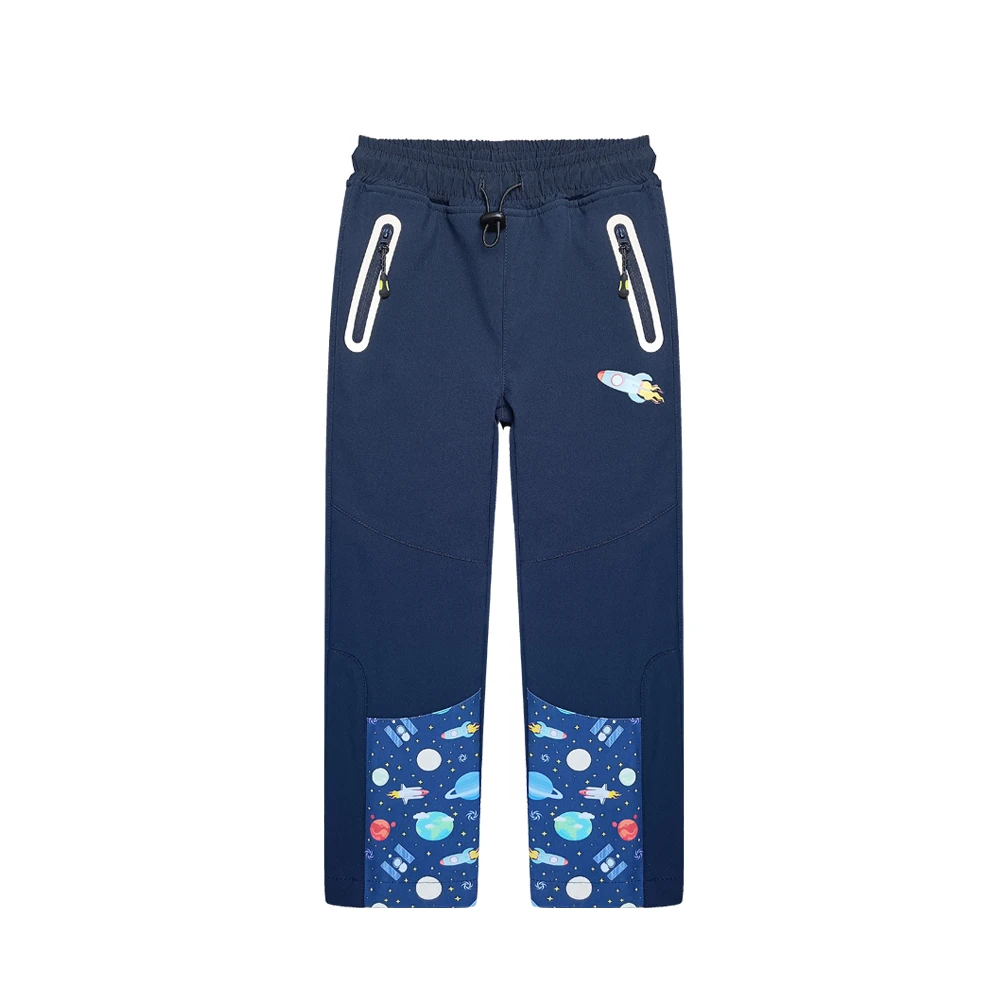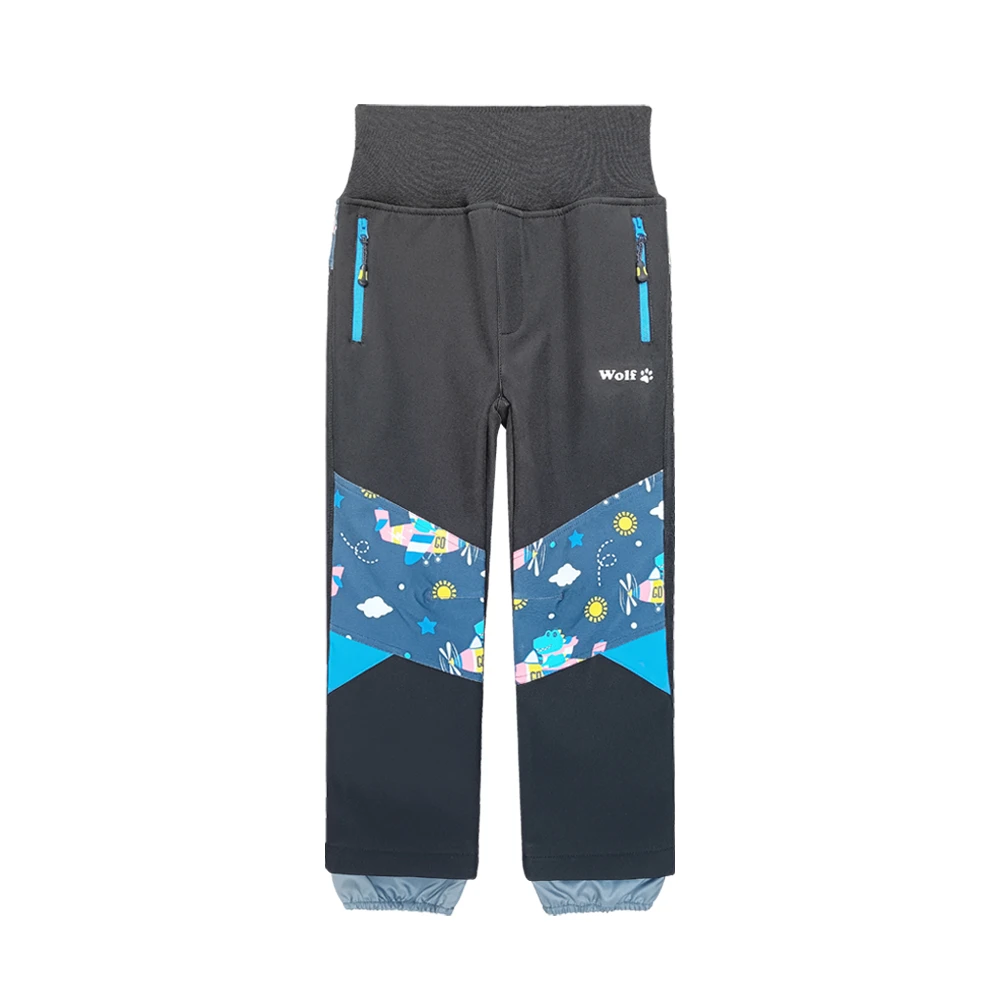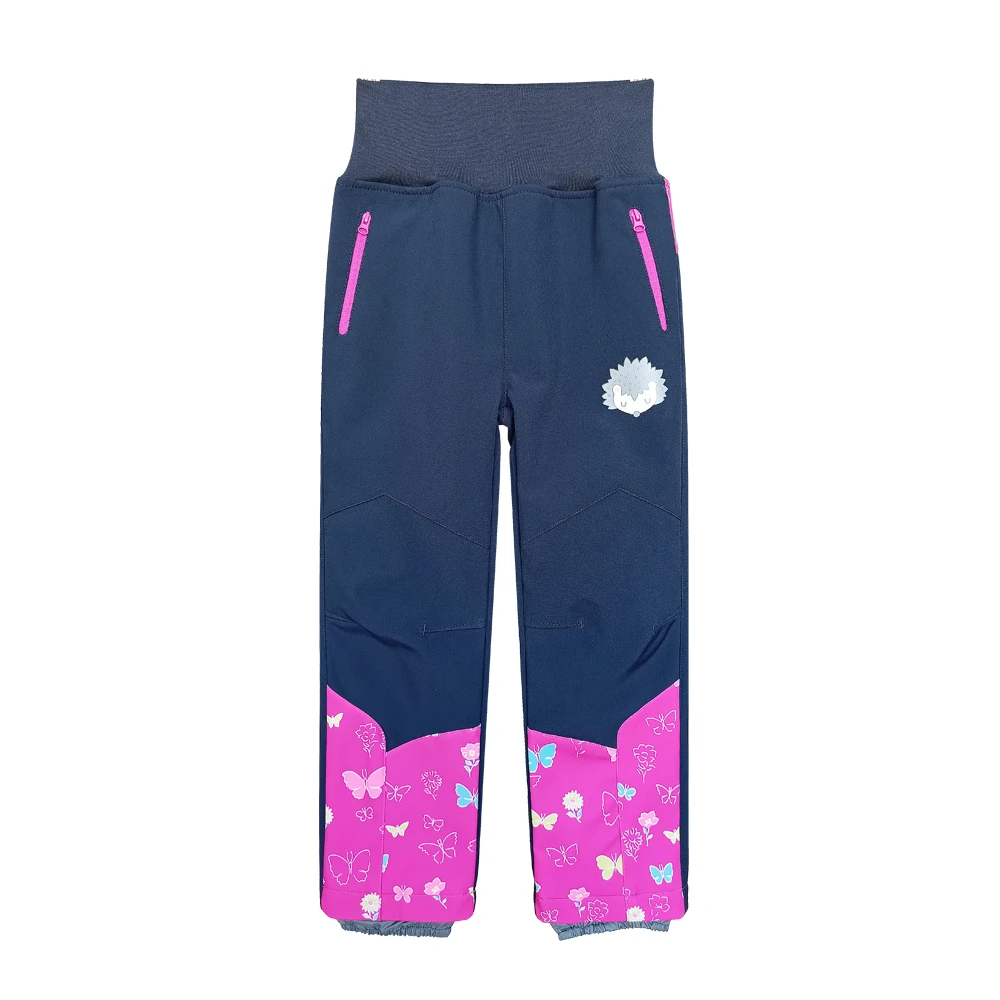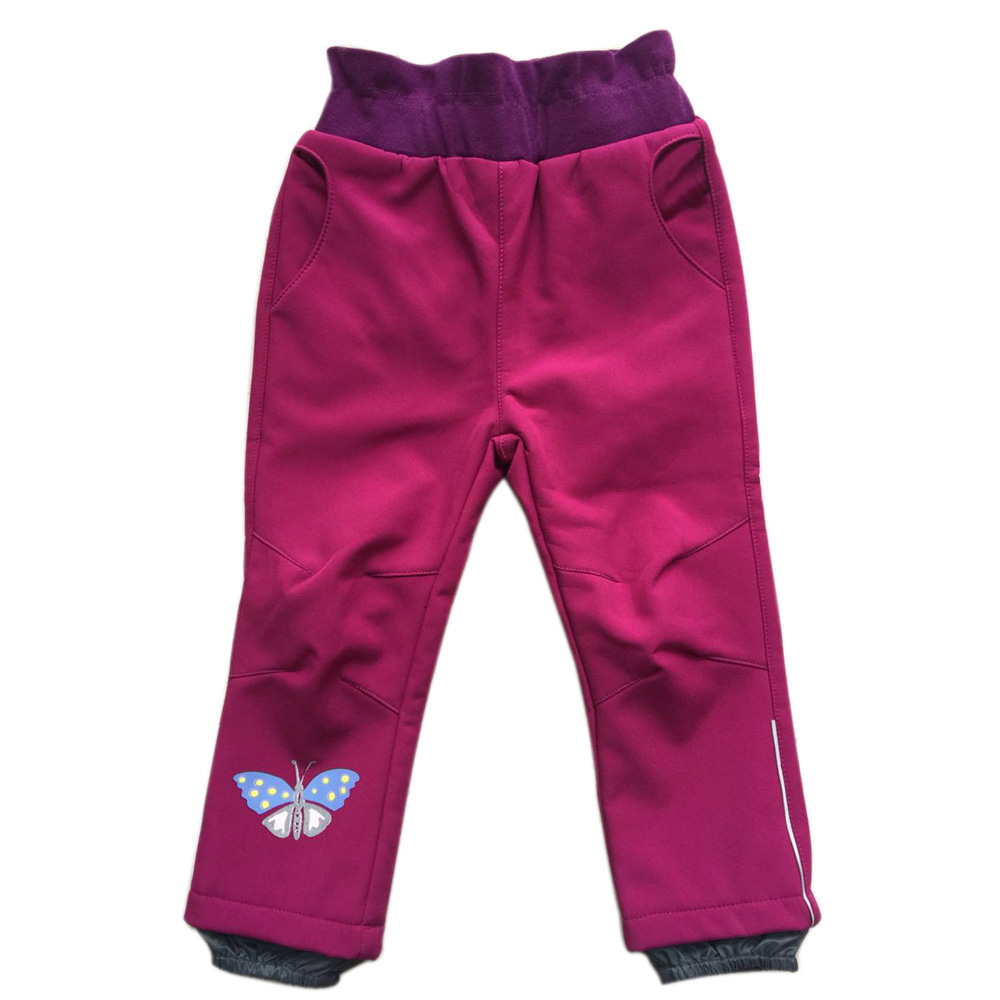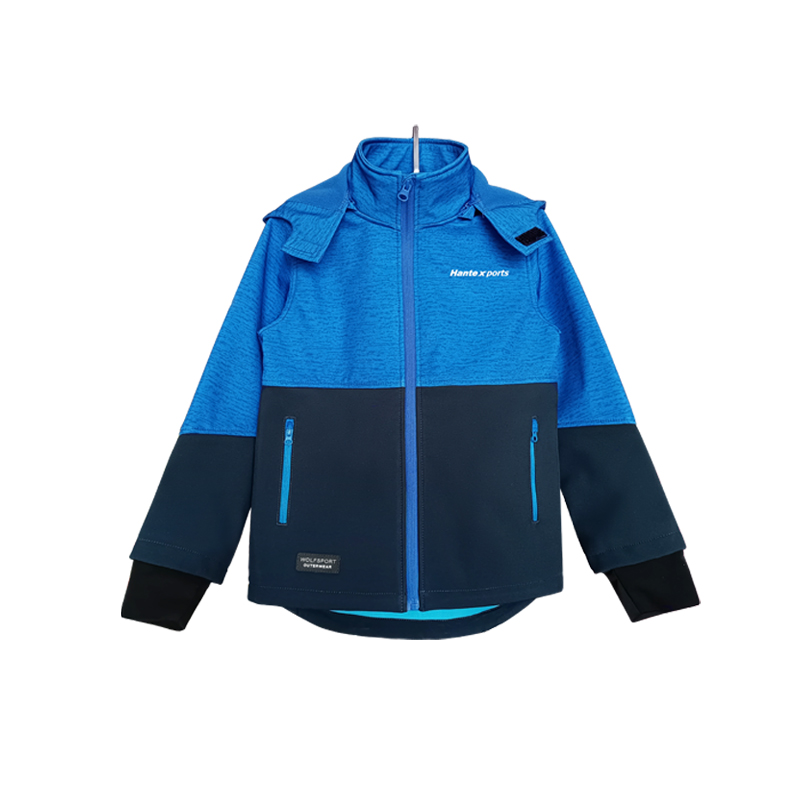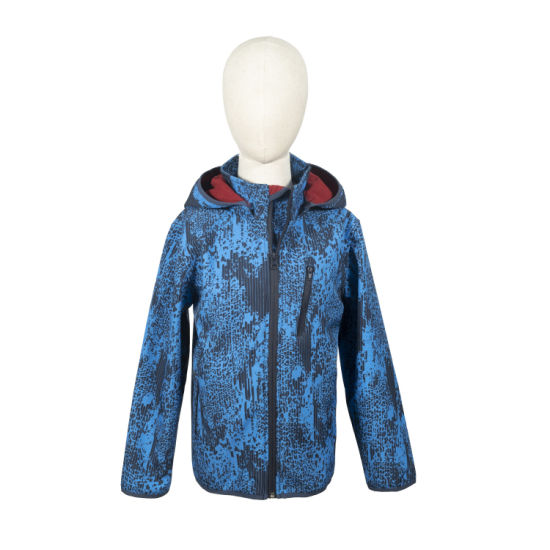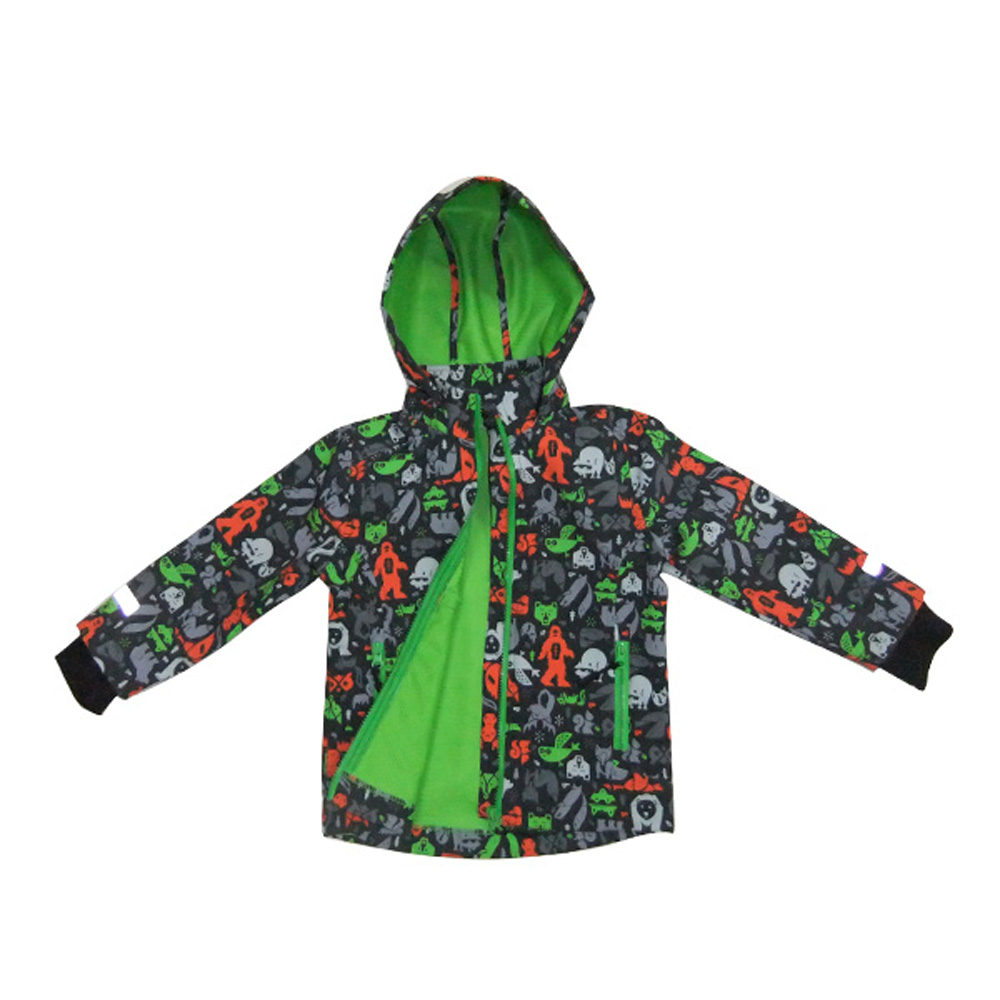Boy Winter Softshell Pants: field notes, specs, and what smart buyers check
I’ve been watching cold-weather kids’ gear get smarter for a decade, and these Boy Winter Softshell Pants are exactly where the market is heading: weatherproof, durable, and—crucially—easy to live with. Model KP-K2430, to be precise. The factory’s based at No.173, Shuiyuan Str., Shijiazhuang, China, which, to be honest, matters if you care about consistent sourcing and reliable production slots.

Industry snapshot
Parents want “throw in the wash, wear tomorrow” practicality; retailers want fewer returns; kids want freedom to move. Softshell checks all three boxes. Trends I’m seeing: PFC‑free DWR finishes, recycled face fabrics, articulated knees, and reflective trims that don’t peel after a few washes. Schools and ski clubs, surprisingly, are moving away from bulky snow pants to softshell for everyday winter—layered over thermals, it’s more than enough down to around −5 °C, wind depending.
Technical specifications (typical values)
| Style / Model | Boys Winter Soft Shell Waterproof Pants / KP-K2430 |
| Fabric construction | 3-layer softshell: 94% polyester + 6% spandex face, TPU membrane, brushed fleece backer (≈ 150 g/m²) |
| Waterproof rating | ≈ 8,000–10,000 mm hydrostatic head (ISO 811; real-world use may vary) |
| Breathability (MVTR) | ≈ 5,000–8,000 g/m²/24h (ASTM E96/B, supplier lab) |
| Abrasion | > 30,000 cycles Martindale, face side (ISO 12947) |
| DWR finish | C0 (PFC‑free), AATCC 22 spray rating ≈ 90 after 5 washes |
| Sizes / weight | 4–14Y; ≈ 420–520 g/pair (size-dependent) |
| Certifications | OEKO‑TEX Standard 100 fabric; factory ISO 9001; BSCI audited (as declared by supplier) |
Process flow and testing
Materials are batch-checked for colorfastness (ISO 105) and shrinkage. Laminated softshell rolls are cut via CNC; knees get articulation darts; stress points are bar‑tacked. Seams: overlock + coverstitch; critical seams are bound for comfort. Pre-shipment tests include hydrostatic head (ISO 811), spray rating (AATCC 22), dimensional stability (AATCC 135), and air permeability (ASTM D737). Service life? Around 2–3 winters for typical school/play use—kids grow faster than fabrics wear, I guess.

Where they shine
- School run and playgrounds: sheds slush, dries fast on the radiator.
- Sled hills and ski lessons: pair with thermal base and mid‑weight socks.
- Trail days: stretch fabric keeps scrambling comfortable.
- Farm chores and bus-stop weather: wind-blocking membrane helps a lot.
Many customers say the fleece backer “feels like sweatpants,” which is a win for reluctant wearers. Feedback I’ve heard: pockets big enough for gloves, waist adjusters that actually hold.
Customization options
Private label prints, reflective logos, reinforced knees, YKK zips, and inseam adjustments are available. Typical MOQ ≈ 300 pcs/color; lead time ≈ 45–60 days after PP sample. Packaging can shift to recycled polybags on request.
Vendor comparison (indicative)
| Vendor | Pros | Watch-outs |
|---|---|---|
| In‑house maker (Shijiazhuang) | Direct control; spec-matching to Boy Winter Softshell Pants; customization; stable QC. | MOQ applies; freight planning needed for peak season. |
| Generic marketplace brand | Low MOQs; quick availability. | Spec variance; limited lab data; returns can spike mid-winter. |
| Premium outdoor label | Polished trims; broad size runs; heavy marketing support. | Higher price; customization windows are tight. |
Quick case study
A Nordic primary school piloted 60 pairs of Boy Winter Softshell Pants for recess use. After 10 weeks: zero blown knees, two size exchanges (growth spurts), and teachers noted “fewer trips inside for wet clothes.” Not a lab test, but in-field data often tells the truth.
Buying tips
- Ask for hydrostatic head and AATCC 22 results after 5 home washes.
- Check waistband adjusters and hem binding—small parts make or break longevity.
- If layering for −10 °C, add thermal leggings; softshell is about balance, not bulk.
Authoritative references
- OEKO‑TEX Standard 100 – www.oeko-tex.com
- ISO 12947 Martindale Abrasion Testing – www.iso.org
- AATCC 22 Spray Test for Water Repellency – www.aatcc.org
- ASTM D737 Air Permeability of Textile Fabrics – www.astm.org
- ISO 811 Hydrostatic Head – www.iso.org
